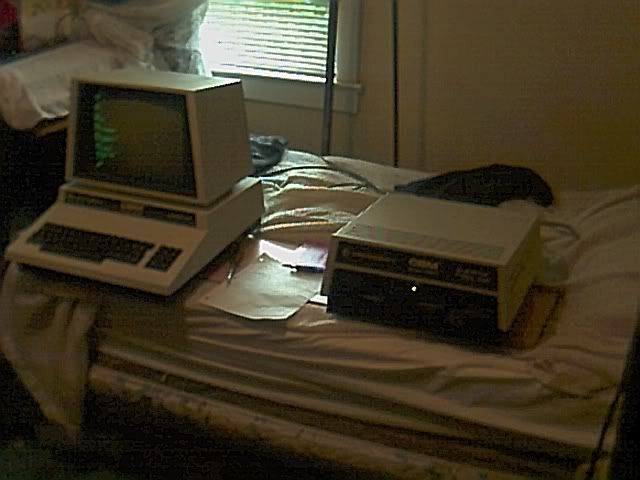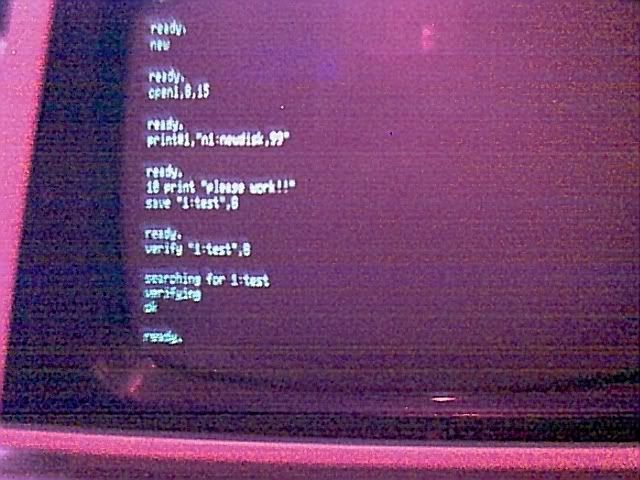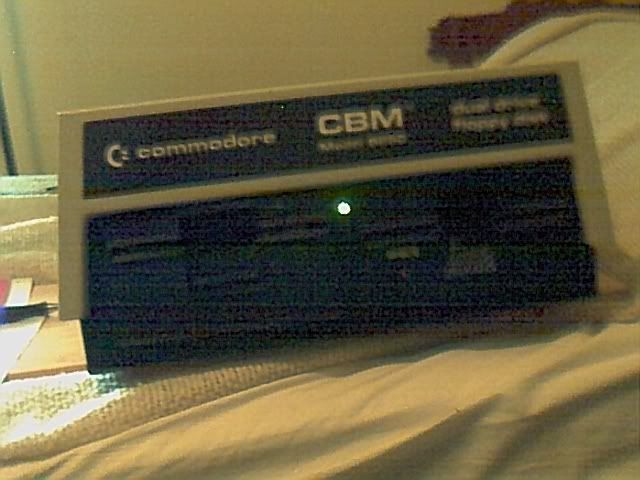DarthKur
Experienced Member
The other week I came across a place that had a few Commodore items for sale. There were a couple FDD's, a 1541 and 1571, plus a C64c and a 128d. Those were fine but what caught my attention was the model 8032 Pet and 8250 dual FDD sitting there across from the rest of the stuff. The Pet fired up just fine and the FDD powered on but there was no IEEE 488 cable to connect the two. It was in my financial grasp (i.e. cheep) so I bought them. Later on it turns out that there were two more of these combo's in the back. I couldn't resist but snag them as well even though one of the Pet's was obviously defective and missing a couple keys. Plus one of the FDD units had a big sign taped to it stating that it had the "5 blink error". So I figured that was sure not to work right but might be an easy fix. Oddly enough the drive with the sign taped to it is the only on that functions correctly. One of the other dual drives has the L.E.D.'s blink 5 times when connected. So it was a mislabel. 
I was able to connect the Pet and FDD solely thanks to Anders on the boards here that answered my wanted add. Again, a huge thank you to you Anders.
Here are a few pics of the functioning combo. I'll post pics of the others later.



I was able to connect the Pet and FDD solely thanks to Anders on the boards here that answered my wanted add. Again, a huge thank you to you Anders.
Here are a few pics of the functioning combo. I'll post pics of the others later.



